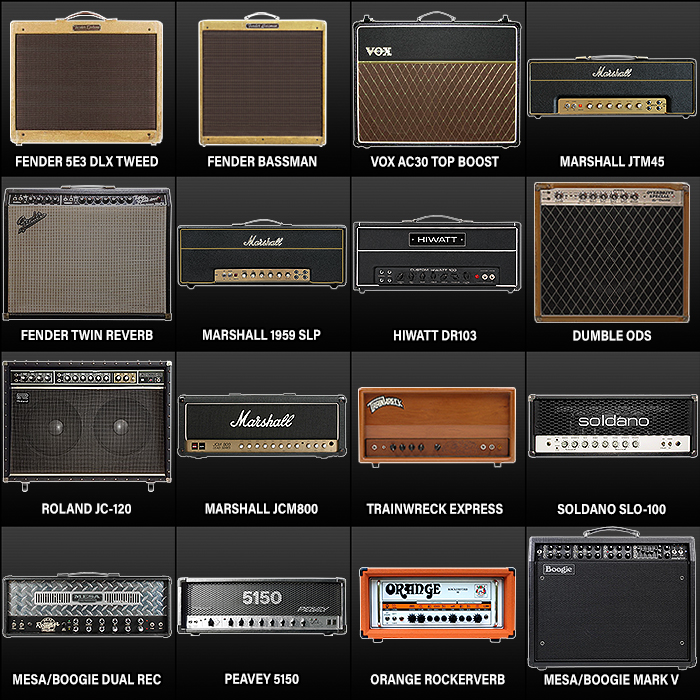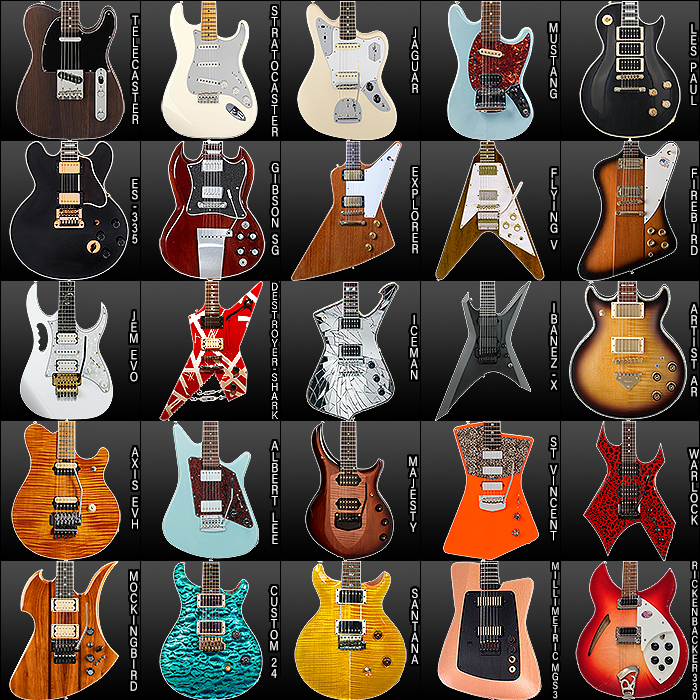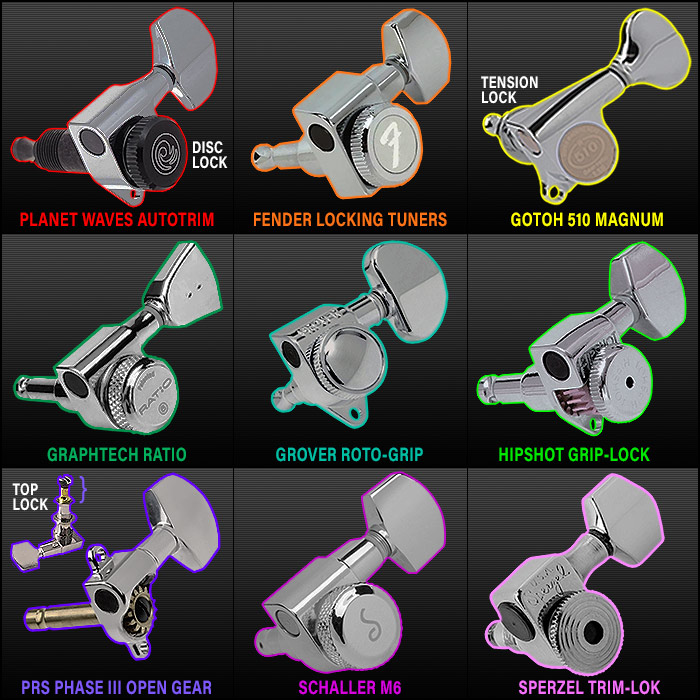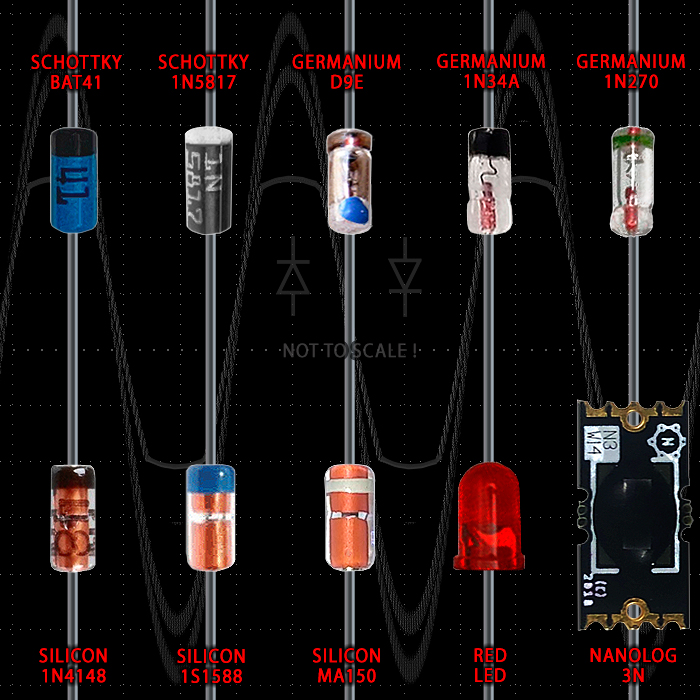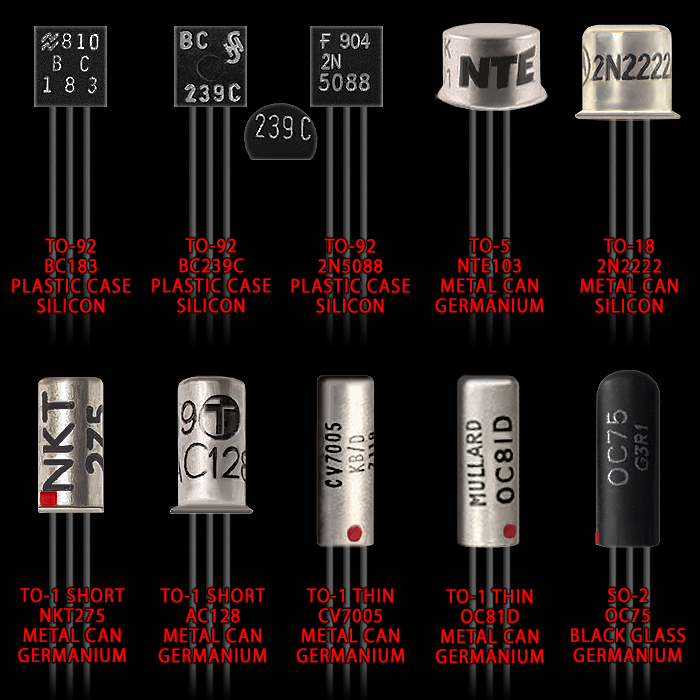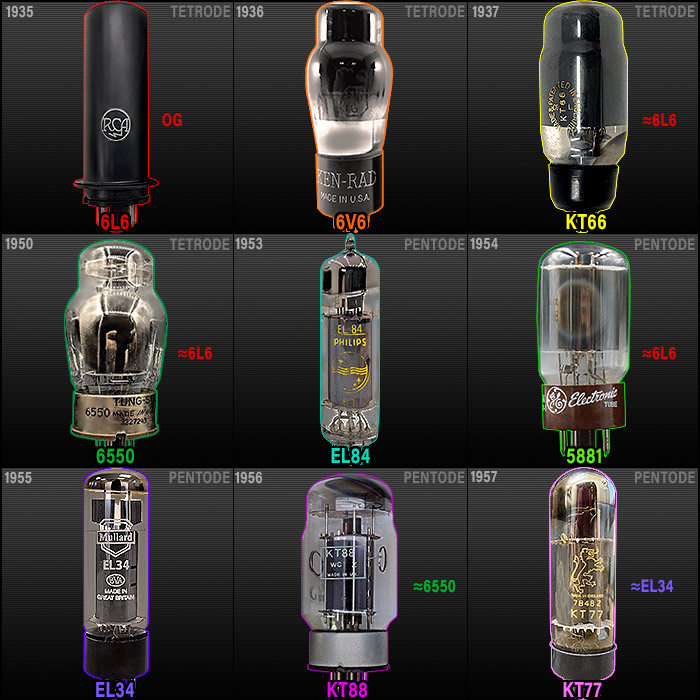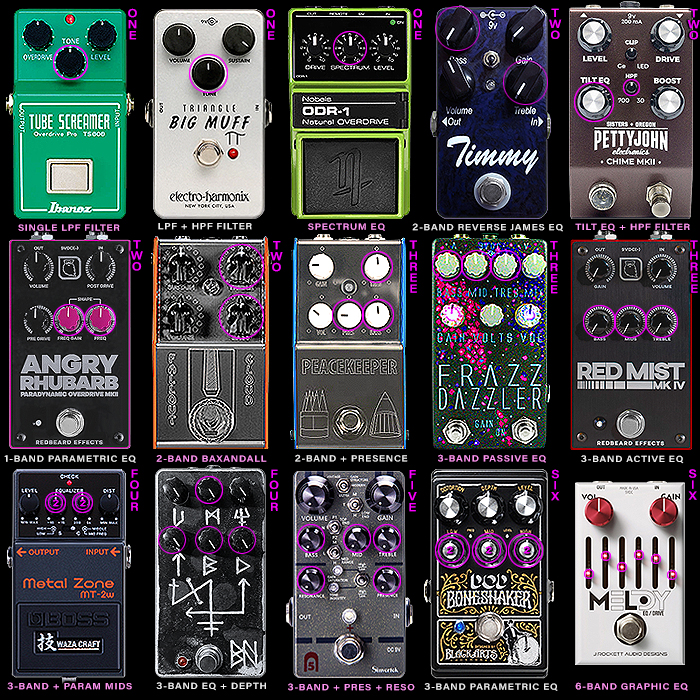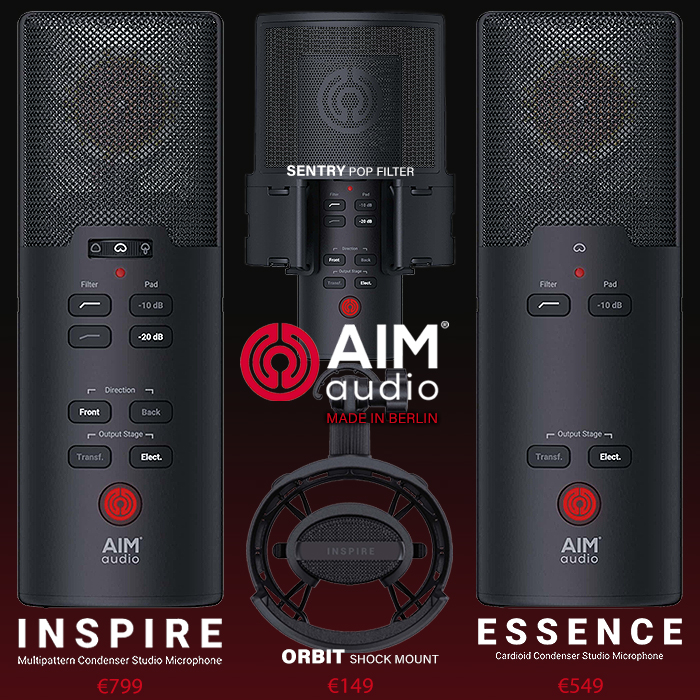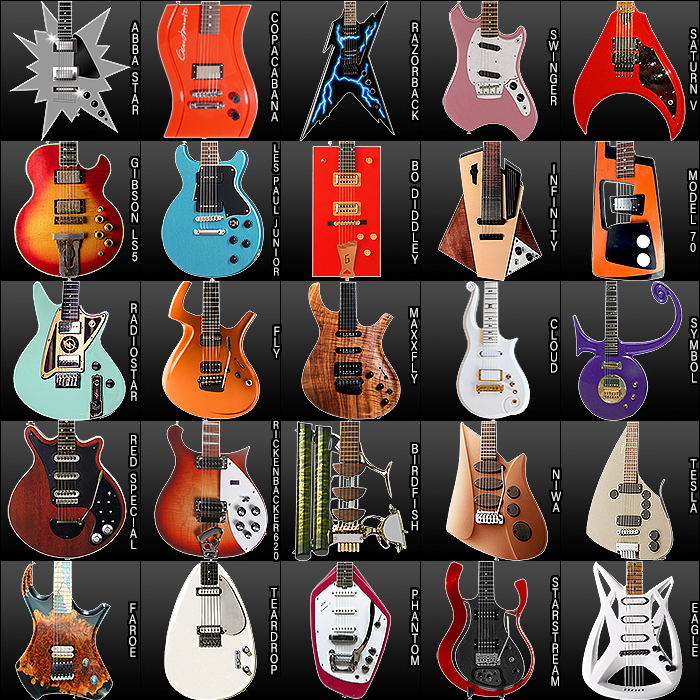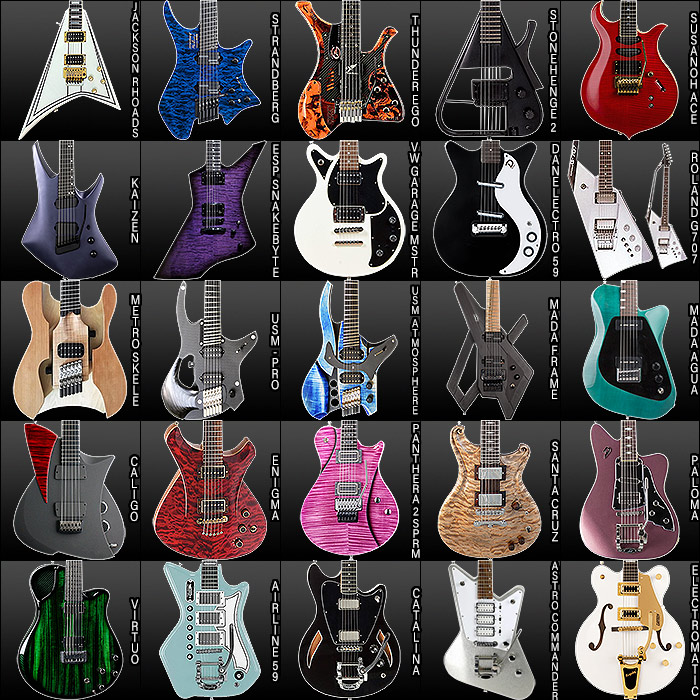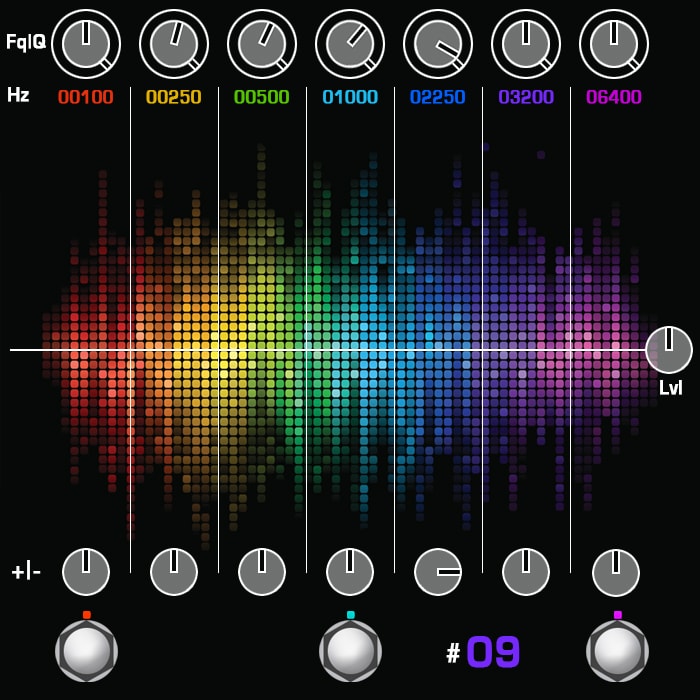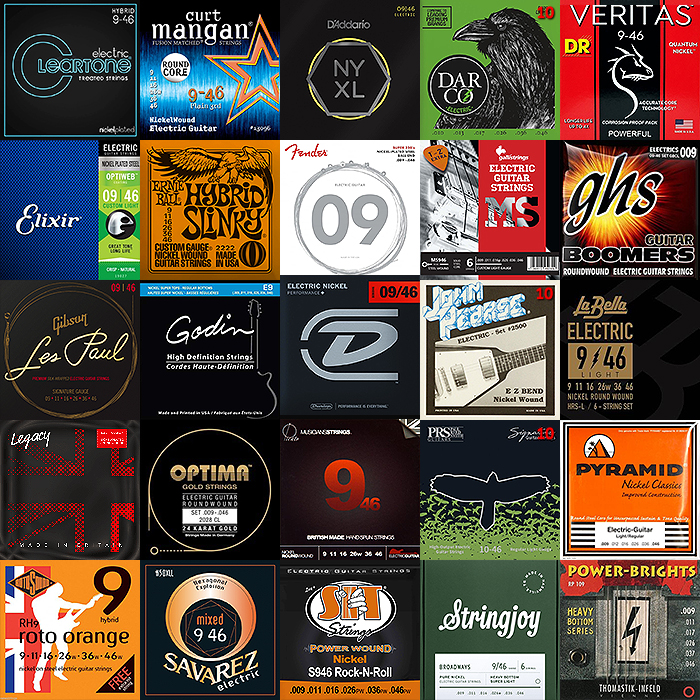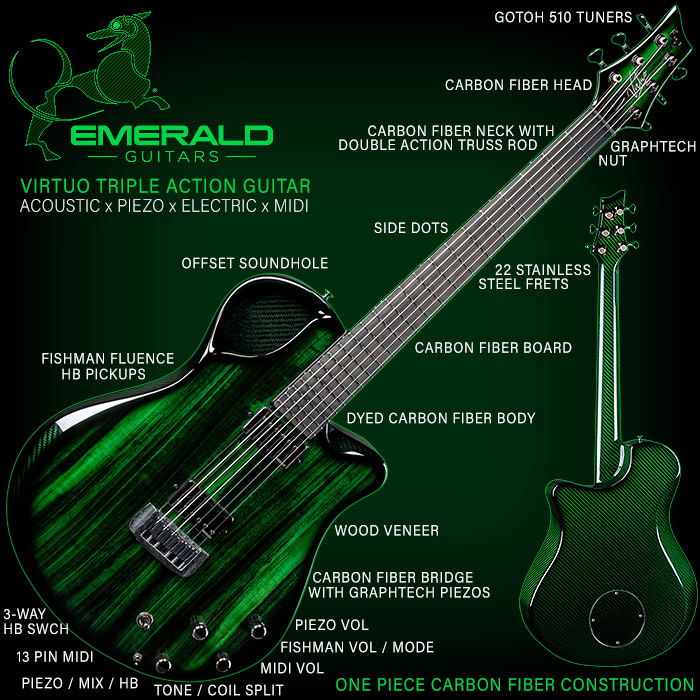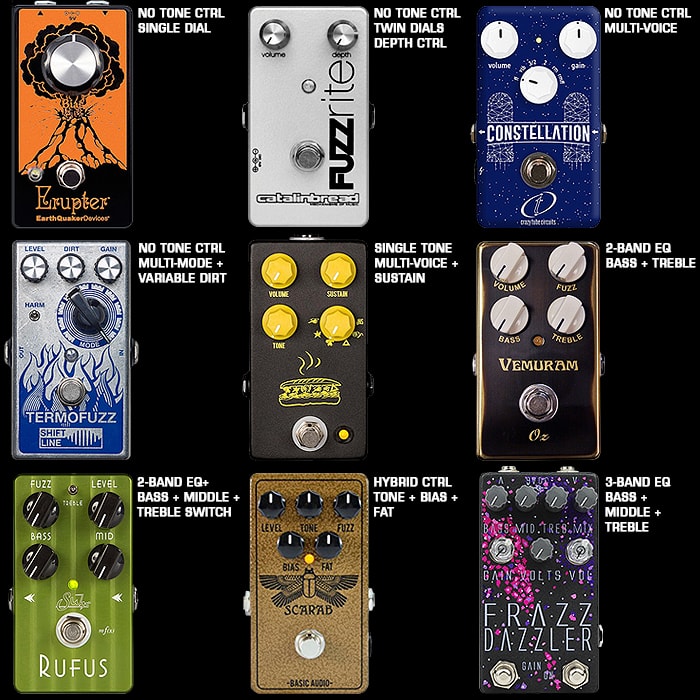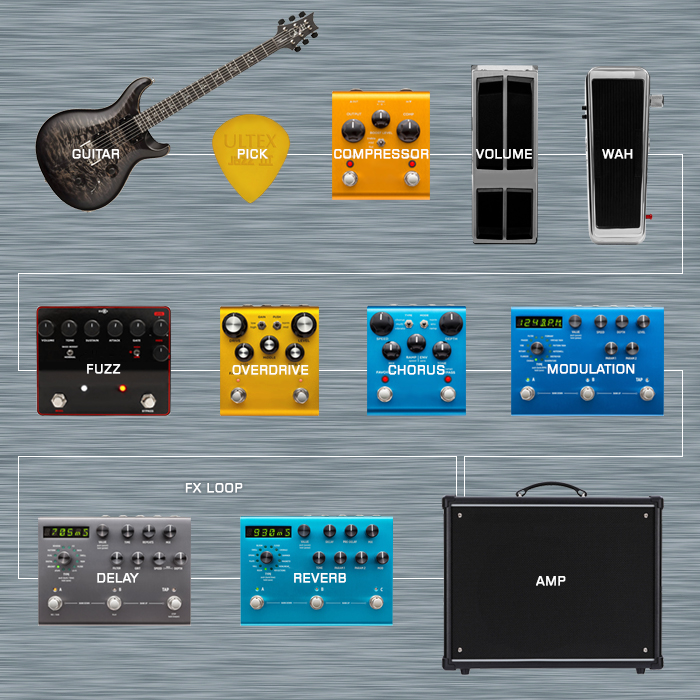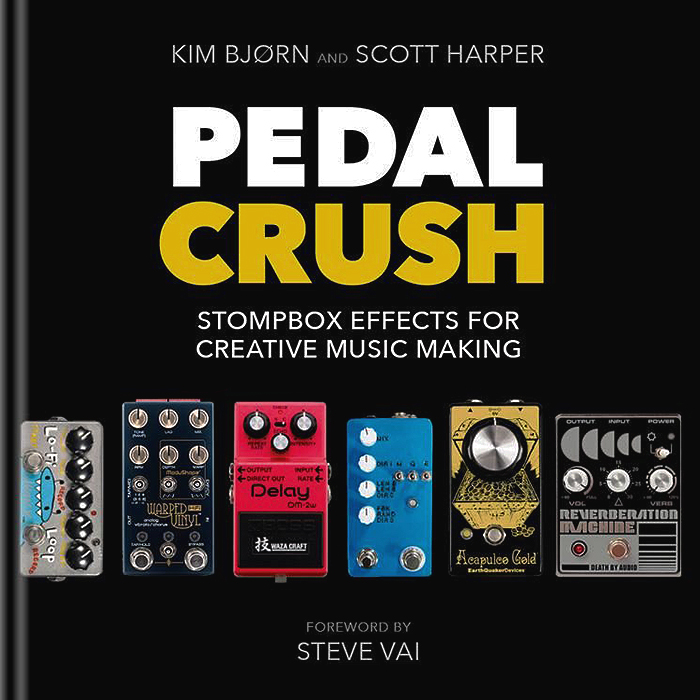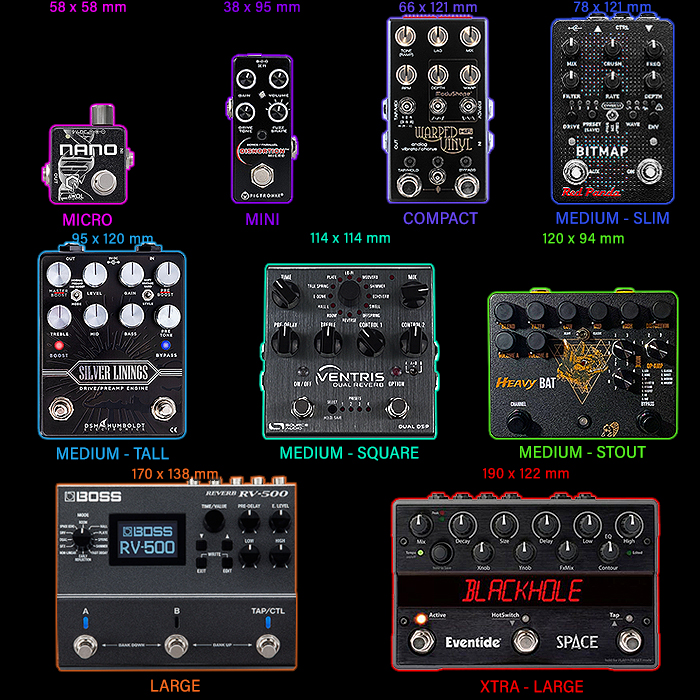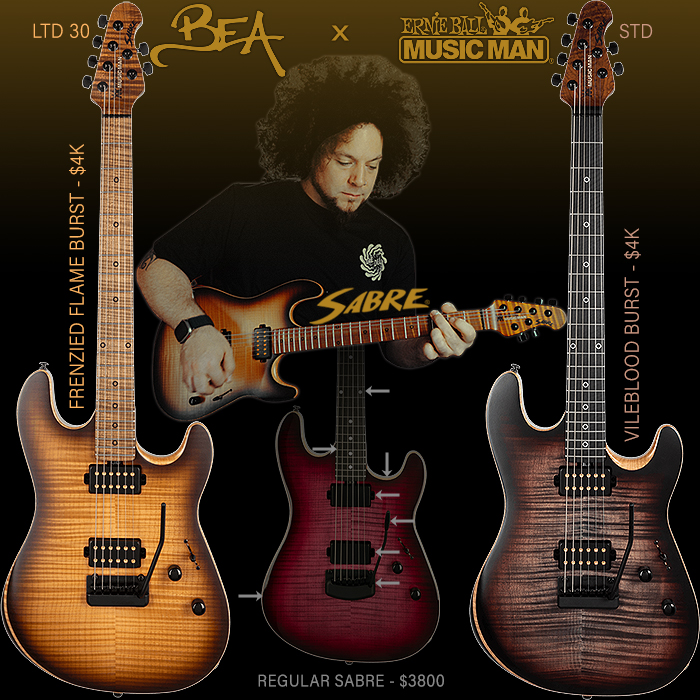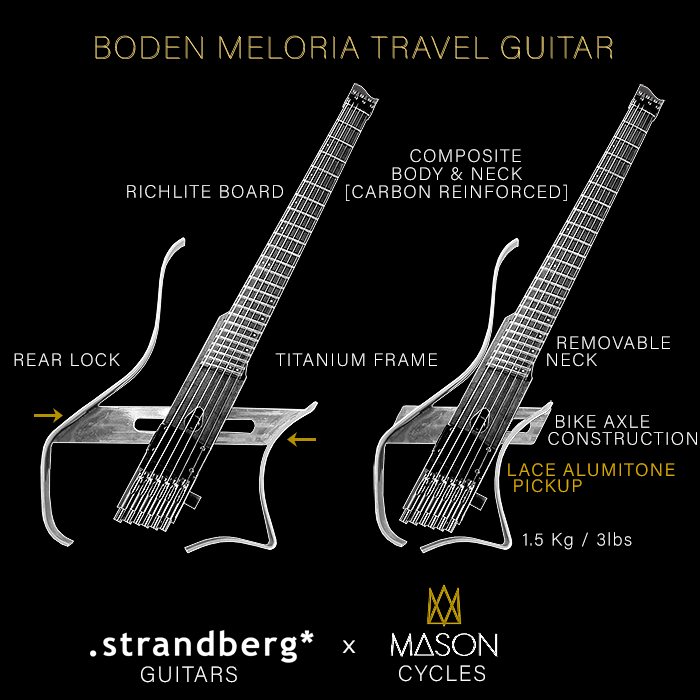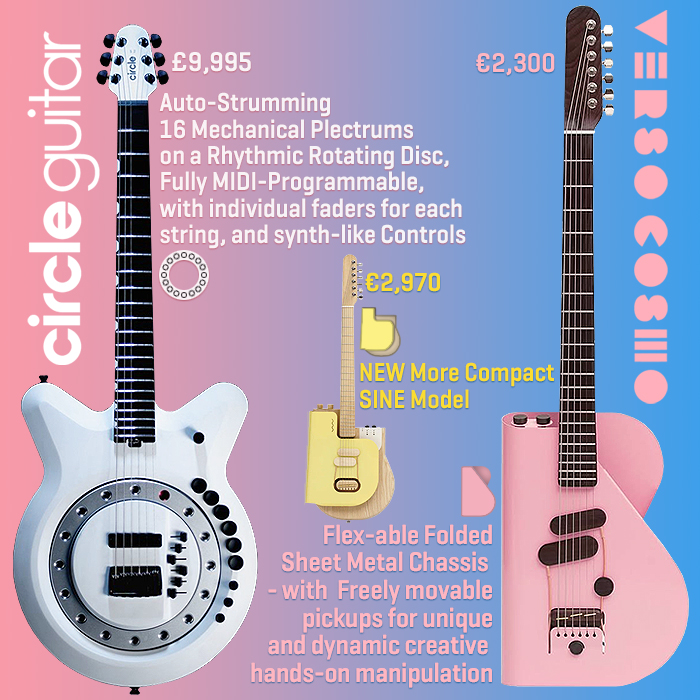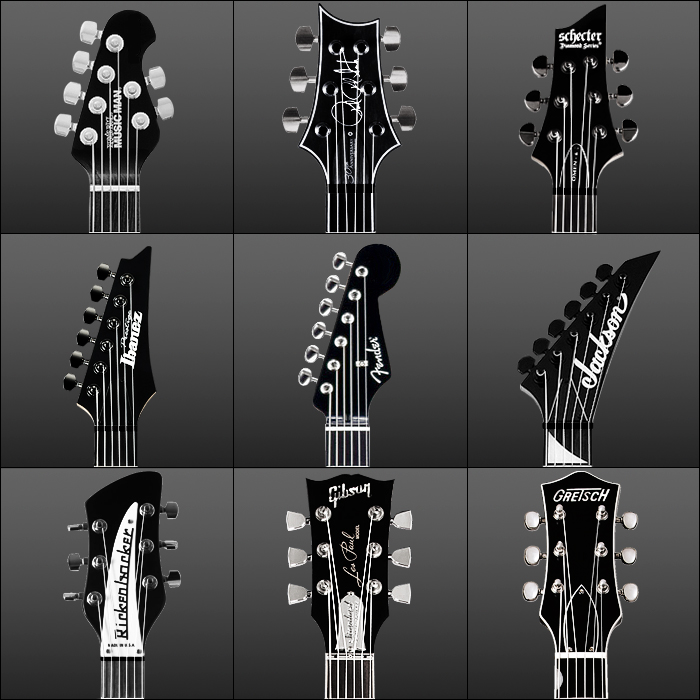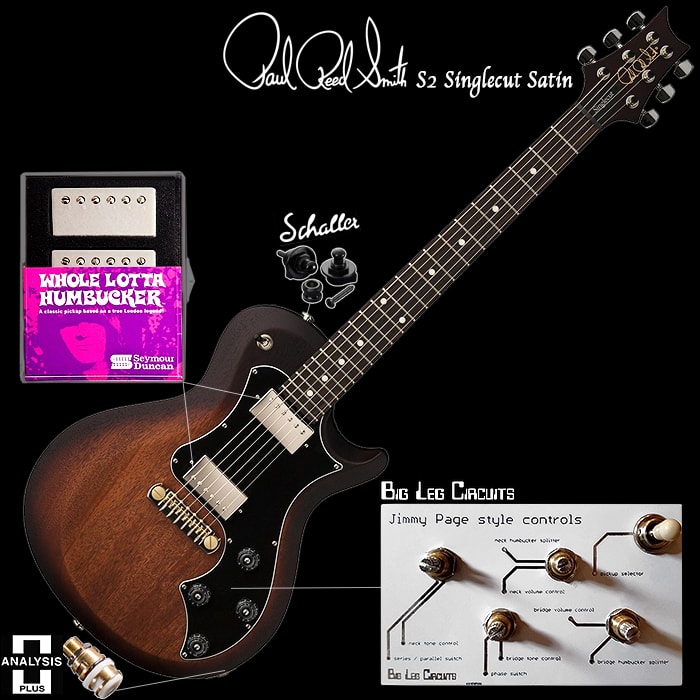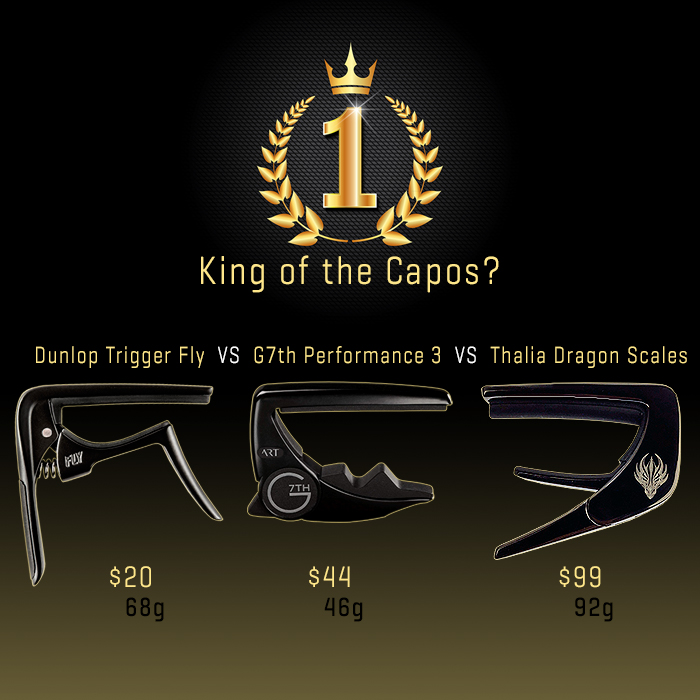The Science of Guitar Headstock Ergonomics - Seeking the perfect Shape!
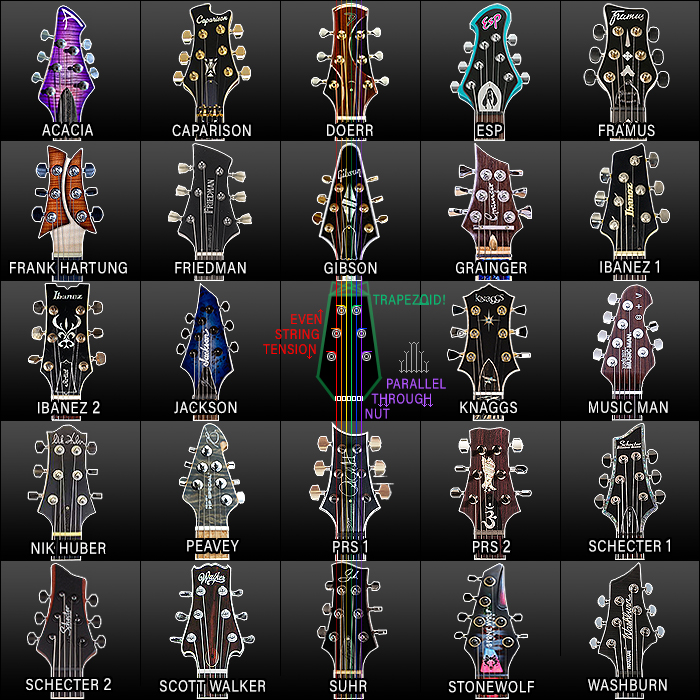
This is my third feature on headstock ergonomics - following on from my 2016 original, and 2018 follow-up. On this occasion the catalyst for this article was the recent Birmingham Guitar Show - where I liked a lot of the body shapes I saw on display, but was put off by their unergonomic or in fact actually rather ugly headstocks.
Creating an aesthetically beautiful but distinct headstock shape is an incredible difficult task these days - and lots of brands essentially ’fail’ in that area - and as guitars are largely an aesthetic choice - it therefore follows that an ugly headstock will almost always have a negative impact.
But there is a deeper science to this too in terms of the science and ergonomics of the shape - in particular as regards perfect guitar tuning fidelity. For that to occur - each string needs to enter its own nut slot - perfectly perpendicularly and in parallel to the other strings - what I typically refer to as ’Parallel Through Nut’. A further subtlety is ’Even String Tension’ - in applying pull-force equally across the guitar neck and headstock.
There is obviously a following for traditional Fender and Gibson headstock shapes - the Fender 6-in-a-line or Gibson ’paddle’ style headstock - while each of those is unergonomic for different reasons - with the classic Gibson headstock typically being the most temperamental for sticking strings and uneven tuning - while of course results can vary. For Fender style headstocks you regularly see string-trees to keep things in check - which are a certain sign of ergonomic issues. Generally speaking - most of the older styles of headstocks are scientifically and ergonomically flawed.
Most guitar manufacturers make a variety of headstock shapes - while say Music Man and PRS - retain their own superbly ergonomic headstock shape across their entire lines of guitars.
So the purpose of this exercise was to seek out the most suitable ergonomic headstock shapes (a full day’s work) - you can obviously see clear patterns forming in the above visual - where optimal tuning peg layout is typically either 3-a-side or 4 + 2 - both achieve optimal tuning fidelity via even string tension and pallel passage of strings through the nut. That said - not all of the above pictured headstocks are totally perfect - as some don’t achieve that total perpendicular / parallel drop - but are certainly better than those old-school paddle-style headstocks.
The brands featured on this occasion are :
- Acacia
- Caparison (older headstock)
- Doerr
- ESP
- Framus
- Frank Hartung
- Friedman (Metro)
- Gibson (Flying V)
- Grainger
- Ibanez x 2
- Jackson
- Knaggs (Kenai)
- Music Man
- Nik Huber
- Peavey (HP Special)
- PRS x 2 (Regular / Santana)
- Shechter x 2
- Scott Walker
- Suhr (Aura)
- Stonewolf
- Washurn (Parallaxe / older)
I expect this article to spark some healthy debate - feel free to start your engines!




















